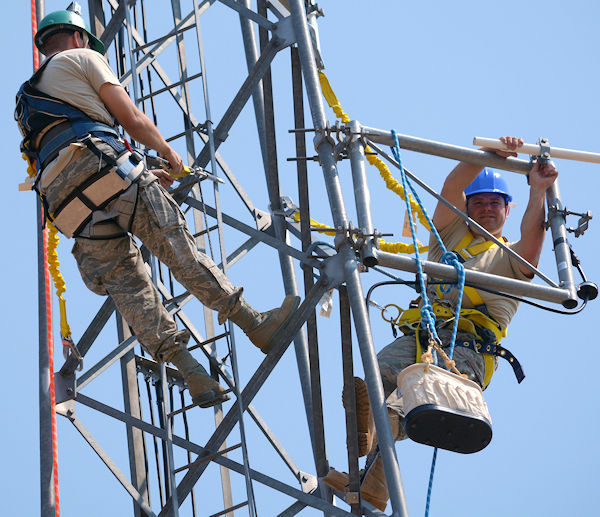Personal Protective Equipment
PPE is the last resort and least effective means of controlling exposure to hazards because of the high potential for damage to render PPE ineffective. Again, the success of this control measure depends not only on the quality of the PPE, but also the quality of human behavior.
PPE should be used only while other more effective controls are being developed or installed, or if there are no other more effective ways to control the hazard.
This is because:
- The hazard is not eliminated or changed.
- If the equipment is inadequate or fails, the worker is not protected.
- No personal protective equipment is fool-proof (for example, respirators leak).
- Personal protective equipment is often uncomfortable and can place an additional physical burden on a worker.
- Personal protective equipment can actually create hazards. For example, the use of respirators for long periods of time can put a strain on the heart and lungs.
While there are some jobs, such as removing asbestos, where wearing adequate personal protective equipment is absolutely essential, there are many jobs where employers hand out personal protective equipment when in fact they should be using more effective hazard control methods.
Knowledge Check Choose the best answer for the question.
5-5. Which hazard control strategy is considered the least effective?
You forgot to answer the question!

